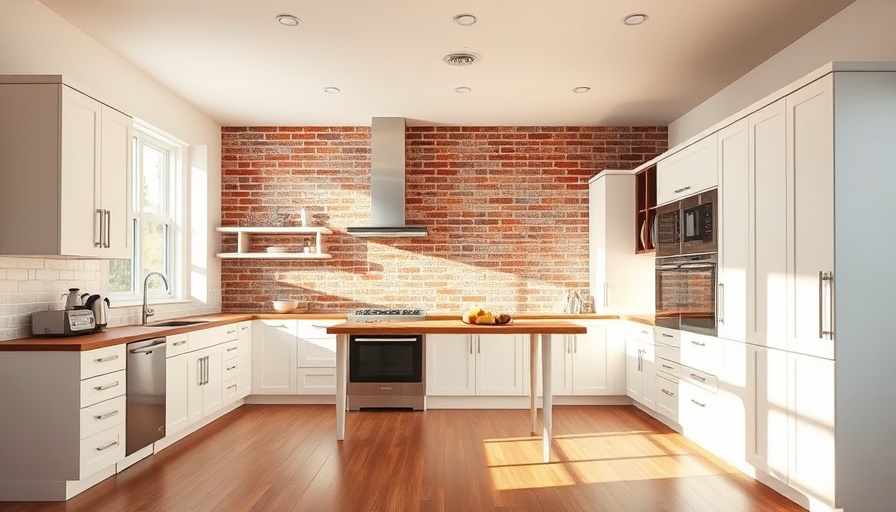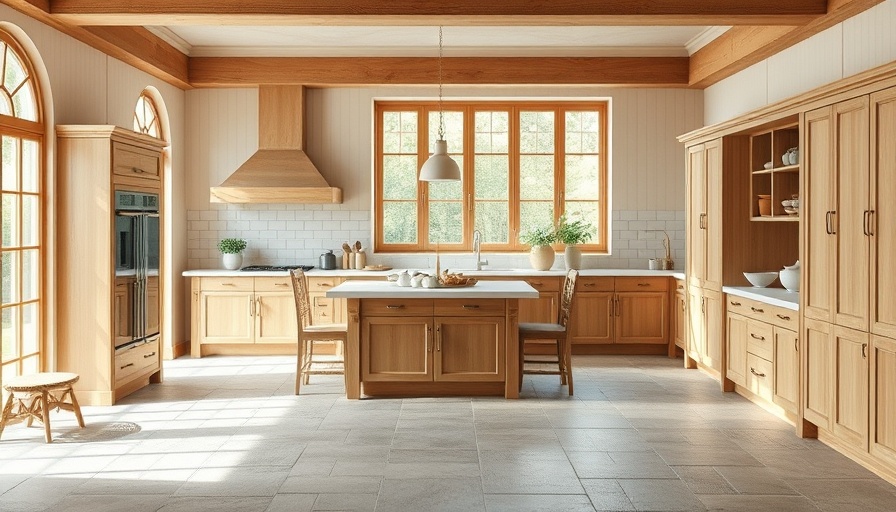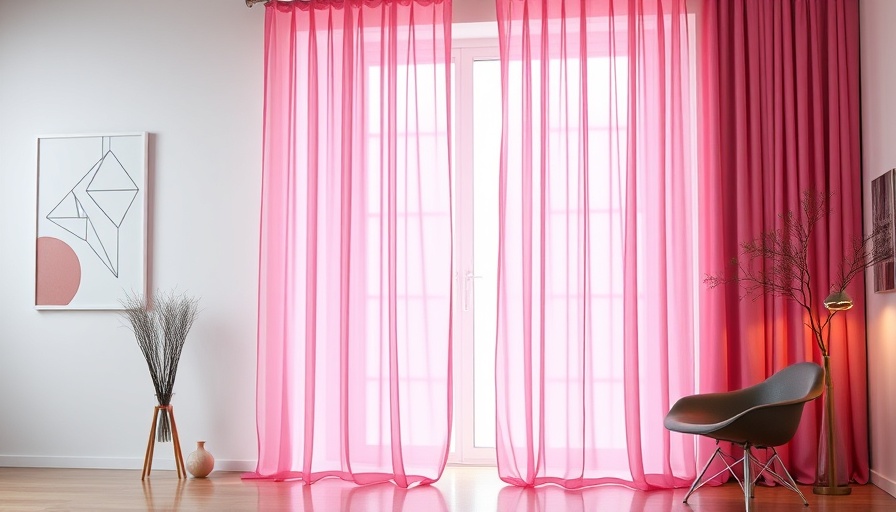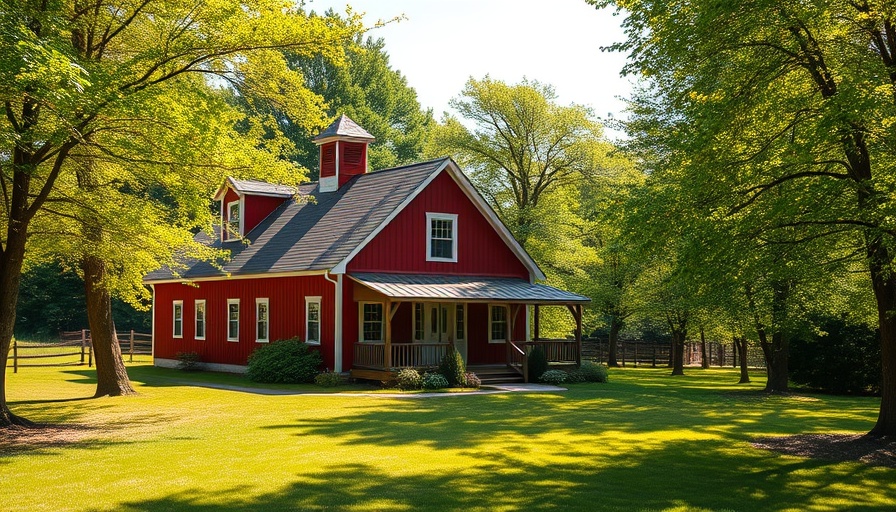
Why Texture Matters in Kitchen Design
When it comes to designing your kitchen, it’s easy to get lost in thoughts of sleek cabinets and shiny countertops. However, many homeowners often overlook one crucial element that can elevate their kitchen aesthetics: texture. Texture can enhance not only the visual appearance of your kitchen but also its functionality and feel.
The importance of incorporating texture in kitchen design cannot be understated. Smooth surfaces can lead to a flat look, particularly in kitchens characterized by an all-white or monochrome color scheme. Adding texture introduces depth and variety, preventing a sterile atmosphere while ensuring that your kitchen feels warm and inviting.
Mixing Elements for Richer Experience
One of the most effective ways to add texture is by mixing different materials. Consider using a combination of natural elements such as wood, stone, and metal alongside synthetic ones like glass and laminate. For instance, one can create stunning contrasts by pairing a rustic wooden dining table with sleek stainless-steel appliances. This not only provides visual interest but can also create a tactile experience that enhances how you interact with your space.
Incorporating a variety of surfaces, like a brick wall alongside a glossy countertop, offers an automatic boost to your kitchen's visual appeal. When different textures interact, they enrich the overall atmosphere, creating a kitchen that is both functional and aesthetic.
Patterns: The Hidden Textural Element
Patterns can play a significant role in enhancing the textural quality of your kitchen. Even smooth tiles can create visual texture when used in a clever pattern. For example, a subway tile backsplash can be laid in herringbone or diagonal patterns to add complexity without introducing any additional material. The difference in grout lines can create a shadow effect, which makes the surface appear more textured and dimensional.
Investing in patterned textiles, such as dish towels or curtains, can also add a layer of softness against the harder surfaces of the kitchen, further enriching your overall design.
Glazed and Distressed Finishes: Vintage Charm
When it comes to cabinetry, consider the aesthetic benefits of distressed or glazed finishes. These finishes add textural intrigue, offering a more complex visual appeal derived from varying colors and brush strokes. A lightly distressed cabinet can provide a rustic feel that complements modern appliances and fixtures, thus allowing for an eclectic design that combines old-world charm with contemporary aesthetics.
Moreover, such finishes can hide wear and tear, creating longevity in both style and functionality. Glazed finishes reflect light uniquely, creating a sense of warmth that helps in making your kitchen feel like the heart of your home.
Bring in Natural Elements
Don’t underestimate the power of bringing the outside in. Natural materials like stone and wood evoke a sense of grounding and can transform your kitchen into an inviting haven. Consider open shelving made from reclaimed wood or a stone countertop that highlights unique colors and patterns, each contributing to an inviting atmosphere.
Furthermore, incorporating plants into your kitchen can also serve as a textural element. Herbs or small potted plants not only beautify the space but also improve air quality, contributing to a healthy home environment.
Layering for Depth and Warmth
Lastly, layering different textures throughout the kitchen can create a comforting and dynamic feel. Use textiles, such as cozy kitchen mats or upholstered bar stools, to add softness. Layering lighting through pendant lights over an island, paired with under-cabinet lighting, can also enhance the various textures you've introduced into the space.
By combining these techniques, your kitchen will not only reflect a personal style but also embrace a welcoming atmosphere conducive to health and wellness.
Time for Transformation
In essence, incorporating texture into your kitchen design is not just about aesthetics; it’s about creating a space that enhances your daily life. This often-overlooked element can lead to a beautiful, inviting, and functional kitchen that you—and your family—will enjoy for years to come. Ready to transform your kitchen into a textured haven? Start incorporating these tips today!
 Add Row
Add Row  Add
Add 



 Add Row
Add Row  Add
Add 
Write A Comment